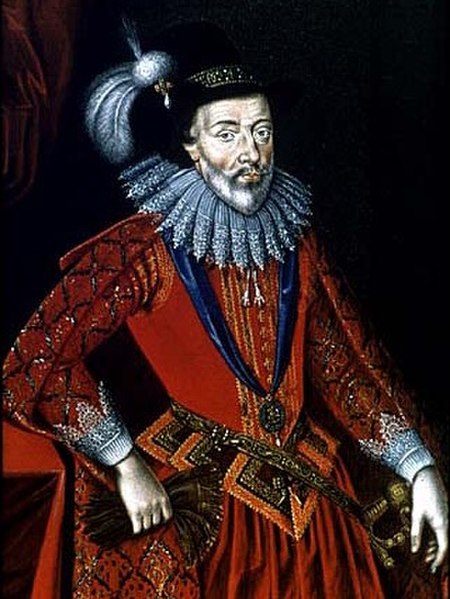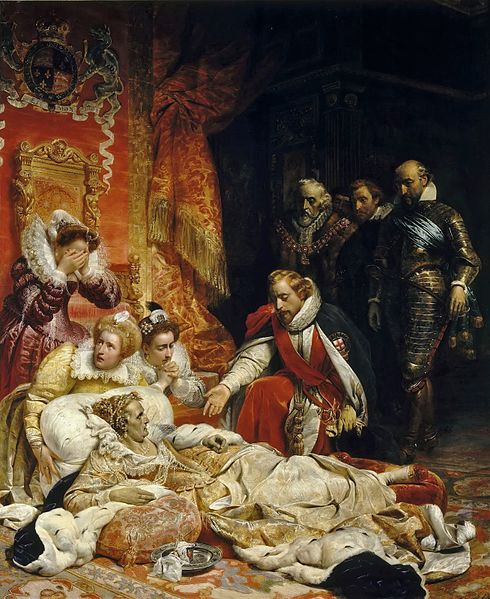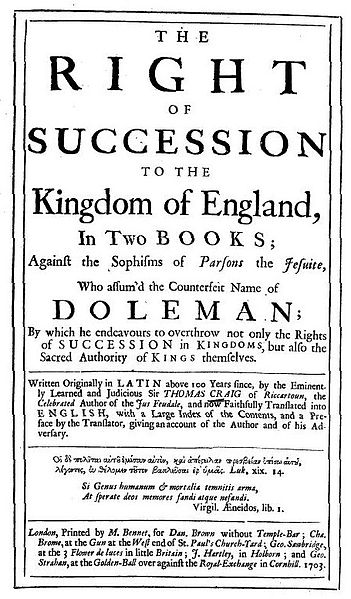William Stanley, 6th Earl of Derby
William Stanley, 6th Earl of Derby, KG was an English nobleman and politician. Stanley inherited a prominent social position that was both dangerous and unstable, as his mother was heir to Queen Elizabeth I under the Third Succession Act, a position inherited in 1596 by his deceased brother's oldest daughter, Anne, two years after William had inherited the Earldom from his brother. After a period of European travel in his youth, a long legal battle eventually consolidated his social position. Nevertheless, he was careful to remain circumspect in national politics, devoting himself to administration and cultural projects, including playwriting.
William Stanley, the 6th Earl of Derby
Stanley House, Watergate, Chester, the Earl's retirement home
Derby's wife Elizabeth
Succession to Elizabeth I
The succession to the childless Elizabeth I was an open question from her accession in 1558 to her death in 1603, when the crown passed to James VI of Scotland. While the accession of James went smoothly, the succession had been the subject of much debate for decades. It also, in some scholarly views, was a major political factor of the entire reign, if not so voiced. Separate aspects have acquired their own nomenclature: the "Norfolk conspiracy", Patrick Collinson's "Elizabethan exclusion crisis", and the "Secret Correspondence".
Allegorical painting of the crown passing from Elizabeth I to James I, by Paul Delaroche (1828)
Title page from 1703, English translation of a Latin work of Sir Thomas Craig, a reply to the Conference about the next Succession to the Crown of England (1595) of Robert Persons on the succession to Elizabeth I





